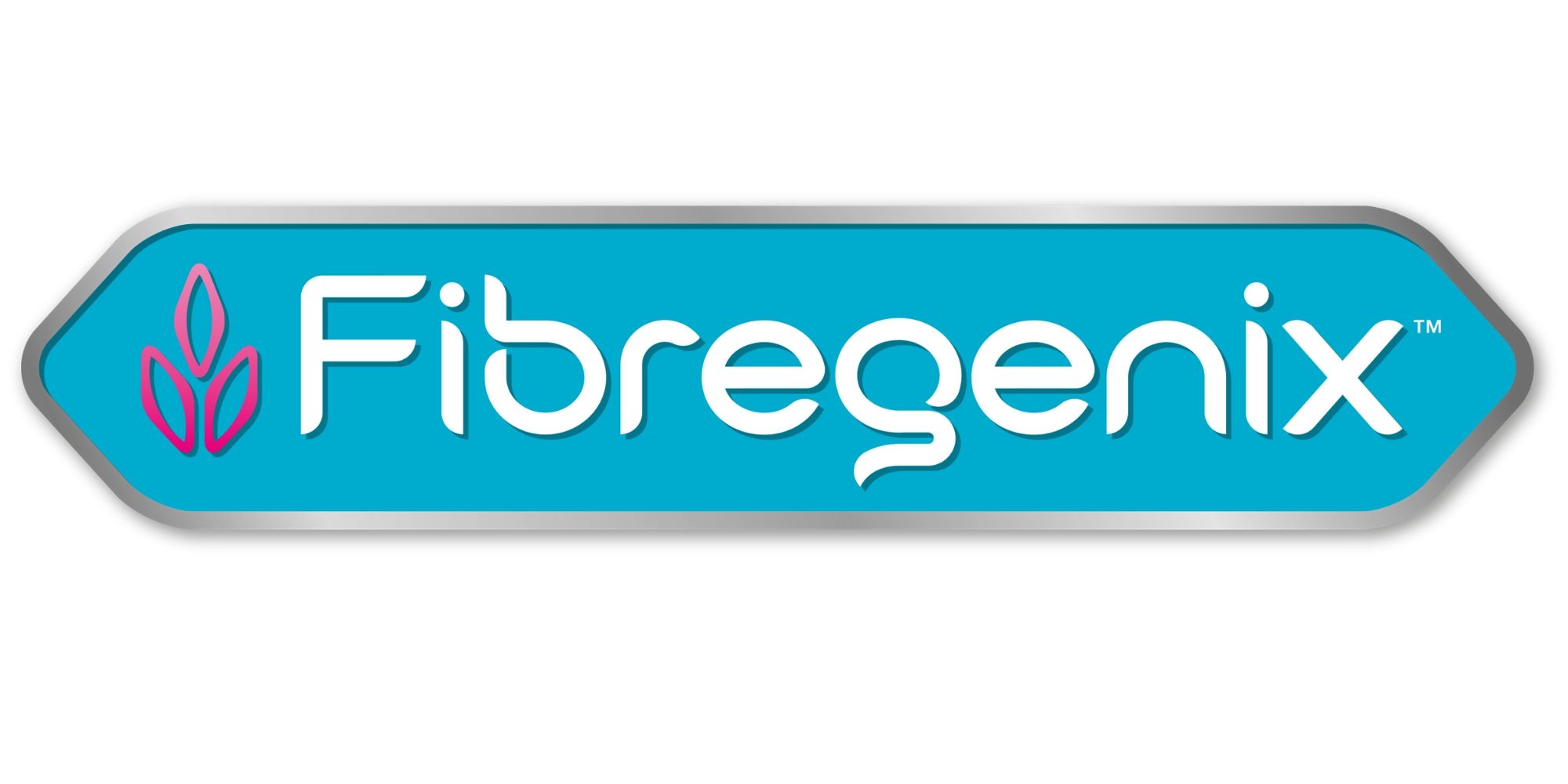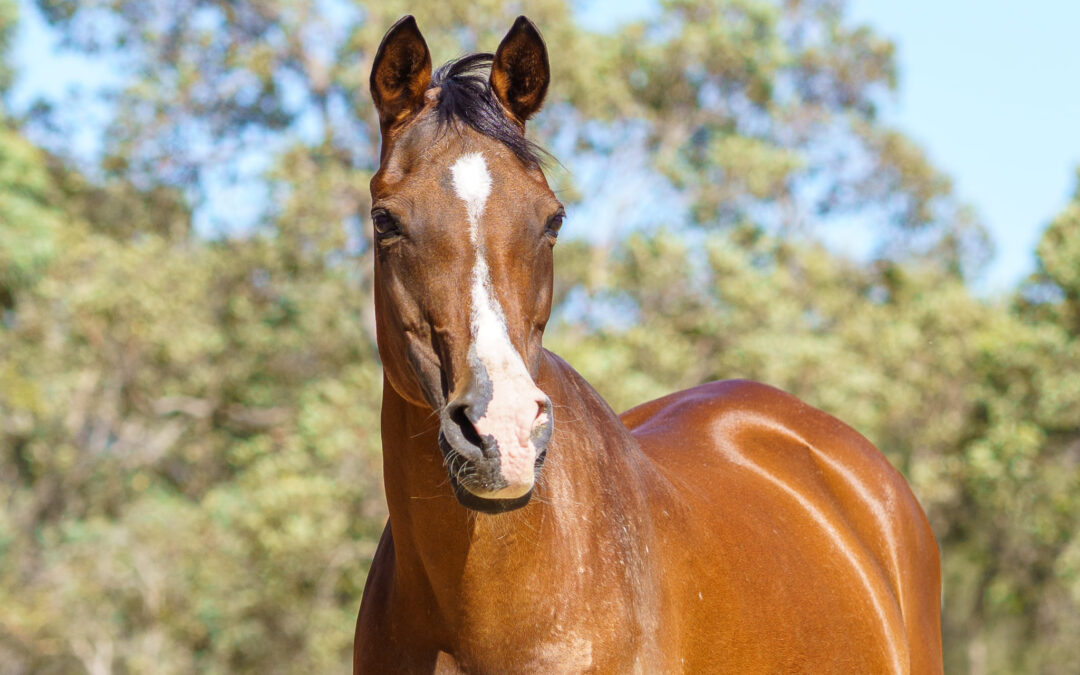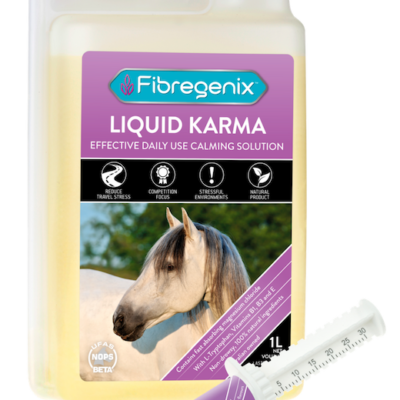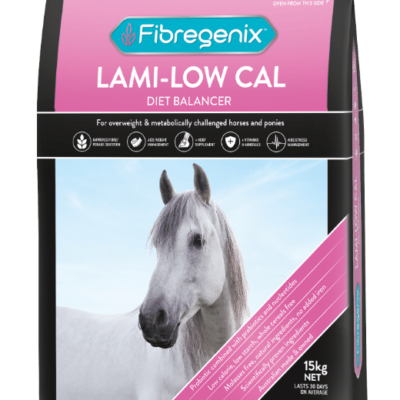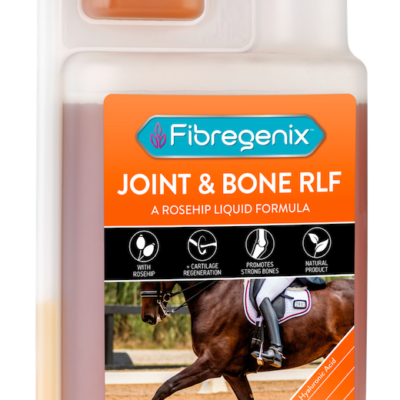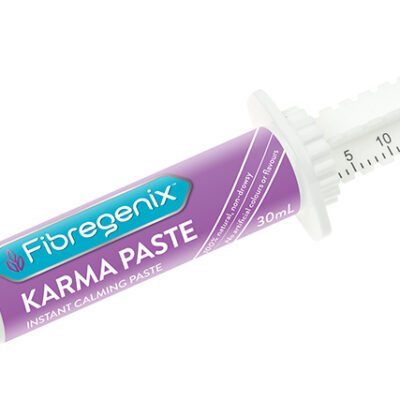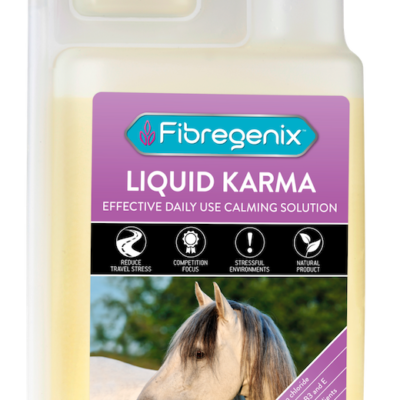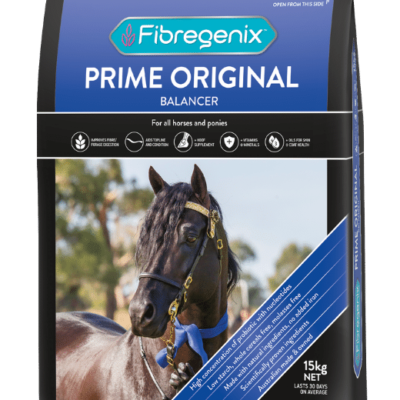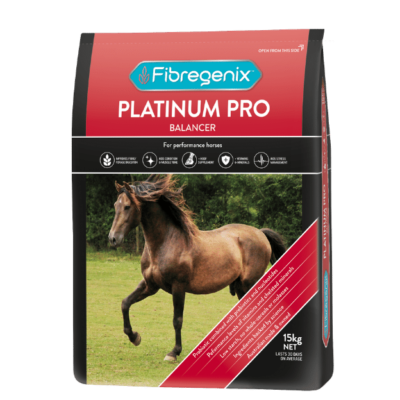 What are Feed Balancers?
What are Feed Balancers?
Feed balancers, or ration balancers as they are sometimes referred to, are a versatile approach to feeding horses. Yet despite their usefulness, there is still so much misunderstanding of this type of horse feed product. Whilst they might look like just another pelleted feed, they will provide that extra ‘punch’ to any feeding programme. We all want our horses to look and feel their very best with a happy outlook on life. So, keeping their diets as close to nature as possible ie mostly forage, is the best way to achieve this.
So What Are Fibregenix Feed Balancers?
A Fibregenix balancer may initially seem like any other vitamin/mineral supplement for your horse. However, it provides every daily essential nutrient necessary in a low-intake, low energy, highly concentrated source. And not just vitamins and minerals. Added extras such as protein, fatty acids and digestive aids to promote a healthy gut and improve feed utilisation are also included. This makes a Fibregenix Feed Balancer the ultimate ‘all in one’ feed additive product.
These balancers are designed for when additional calories are not required. And they’re fed in much smaller amounts than standard hard feeds. Usually 100g per 100kg bodyweight (500 grams for a 500kg horse). Your standard 50-100g of a vitamin and mineral supplement just can’t match the functionality provided by a genuine feed balancer.
So when, why and how would I feed a Fibregenix Balancer?
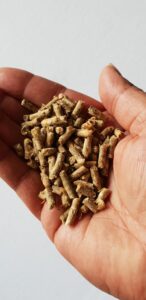
Fibregenix pellets
Fibregenix Feed Balancers can be used in the following ways:
Fed alone as a low-calorie source of protein, vitamins, and minerals to balance forage.
Depending on forage quality, your horse should be able to get all his daily essential nutrients from pasture or hay. However, it’s widely recognised that modern forage and pasture is frequently deficient in minerals and other nutrients. Forage analysis can help you pinpoint exactly what is lacking. This is when a balancer is a great way to counteract these deficiencies. Furthermore, feeding the recommended daily amount of a balancer means no additional vitamin or mineral supplement should be required.
Fed alongside ‘Straights’.
Some owners prefer to incorporate ‘straights’ such as lupins, oats, barley etc alongside beet pulp, chaff, oil etc. Whilst great ingredients, they can leave a diet unbalanced in some specific areas such as macro minerals. So, a balancer is ideal for this type of feeding programme. The main components of the feed provide the calories. And the balancer is added to ‘fill in the nutritional gaps’ of these ingredients, supplying amino acids, vitamins and minerals and essential fatty acids.
Feeding less than recommended?
Concentrated balancers really come into their own if you need to feed less than the recommended quantities of a hard feed. Eg a performance muesli or pellet. Maybe you’re cutting back your horse’s feed to keep weight down or to avoid hot behaviour. In this way, balancers are ideal, providing essential nutrients for health and performance without additional energy (calories) or starch. They also give you the option of feeding smaller amounts of a lower energy hard feed. Then you can top up the nutrient, (but not energy) levels, to meet the increased demands of work or competition.
Many modern horse breeds maintain weight on limited calories, even when asked to perform hard work. Because of the concentrated nature and low feeding rate, a feed balancer can meet the protein, vitamin, and mineral needs. And it does this without adding excessive calories or starch to the diet. Even those on stable rest/convalescing benefit from a source of essential nutrients without the calories, provided by a balancer.
Added Extras in Balancers:
Whilst feed balancers are a modern and cost-effective approach to feeding horses, you need to do your research. Not all balancers are created equal and a genuine balancer should be:
- Ideally free from whole cereal and molasses.
- A specialist tailored range catering for different categories of horses and ponies rather than a ‘one balancer suits all’ approach.
- High in functionality with special digestive enhancers eg nucleotides and equine approved probiotics and prebiotics. These are key to ensuring digestive health and maximising nutrient yield from forage.
Busting 6 myths on Fibregenix balancer supplements
Myth 1 Fibregenix balancers provide calories for weight gain.
Fact: Generally, any balancer will provide low levels of calories when fed at the recommended amount, regardless of the manufacturer. The term ‘conditioning’ is generally used in association with high-calorie products aimed at weight gain. However, the live yeast probiotic additive in Fibregenix balancers has been shown to double fibre digestion and utilisation. Keep in mind though, a balancer won’t be a substitute for the additional feed poor doers may need to gain/maintain weight. But it will work alongside your horse’s fibre, helping him make more out of it. And this, in turn, can actually help with weight gain.
Myth 2 Fibregenix balancers are expensive to feed.
Fact: With a high price tag compared to a bag of standard hard feed, a Fibregenix balancer may seem like a costly investment. However, they are polar opposites to a standard hard feed. And, due to the low feeding rate (typically 500g a day for a 500kg horse), they’re actually a very cost-effective way to ensure a balanced diet. Depending on pack size, a bag of Fibregenix will typically last 30 days for a 500kg horse and costs less than $3 per day to feed. For smaller ponies it becomes even more economical.
Myth 3 Forage is enough for many horses.
Fact: Hmmm, if only! Yes, in the perfect world where grass grows on the most perfect nutrient rich soils which remain so all year round. Whatever the season. Reality check: For sure, forage can easily meet or even exceed energy (calorie) requirements for many horses. However, these days, forage-only diets are unlikely to provide a balanced supply of vitamins, minerals and quality protein. Lysine, for example, is one of the most important essential amino acids that horses need in their diet every day. And frustratingly, it’s typically low in forage. Average hay is also unlikely to meet maintenance requirements, especially if fed at minimum rations for those on restricted diets.
Hay can also contain negligible levels of vitamin E. This important antioxidant plays a key role in supporting muscle health and immunity. While vitamin E levels in fresh grazing are typically high, other nutrients like copper, selenium and zinc are typically low. Vitamin A is another essential nutrient and the content of beta carotene (the precursor for vitamin A) diminishes the longer hay is stored for. In fact, after 6 months, it can be almost negligible.
Additionally, during the curing process, hay will lose all its Omega 3 and 6 essential fatty acids which are naturally present in grass.
Myth 4 A Fibregenix balancer will make my horse excitable.
Fact: No, it won’t. Diet can generally affect behaviour in one of two ways. By oversupplying energy or by providing high levels of starch and/or sugar. Low feeding rates means our balancers provide a negligible level of energy, starch and sugar when fed at the recommended amount. This makes them an ideal choice for excitable horses and ponies that maintain weight easily (or gain too easily!) on forage alone.
Myth 5 A Fibregenix balancer will give my laidback horse more energy.
Fact: Unfortunately, the idea of finding a feedstuff that’s high in energy, but low in calories really is too good to be true. Fibregenix balancer supplements aren’t energy providers. Low starch and sugar means they contain low levels of energy/calories when fed at the recommended rate. This makes them ideal for good doers. If your horse lacks energy, it may also be that he lacks fitness for his work.
Myth 6 There’s no difference between a Fibregenix balancer and a broad-spectrum vitamin and mineral supplement.
Fact: Unlike broad-spectrum vitamin and mineral supplements, Fibregenix balancers also supply digestible protein. This provides key amino acids such as lysine and methionine. Then we’ve added essential Omega 3 & 6 fatty acids and hoof improvement nutrients along with vitamins and chelate minerals. Each balancer also contains our high-powered live probiotic yeast and purified nucleotides. And for the harder working horse we also added a gut health package of MOS & FOS prebiotics.
Take Home Message:
The beauty of a Fibregenix balancer is the flexibility provided in customising the nutritional management of individual horses. The key is to keep your horse’s diet as simple as possible whilst satisfying nutritional demands even for working horses. Ultimately, this means more emphasis on fibre feeding as the healthiest approach.
Oh and below is Sophie Taiki’s stunning boy who really benefitted from getting on to Platinum Pro.
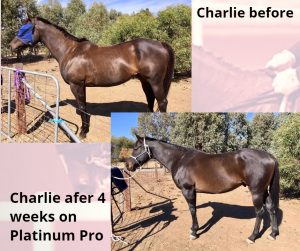
Tango Charlie fed on Fibregenix Platinum Pro
